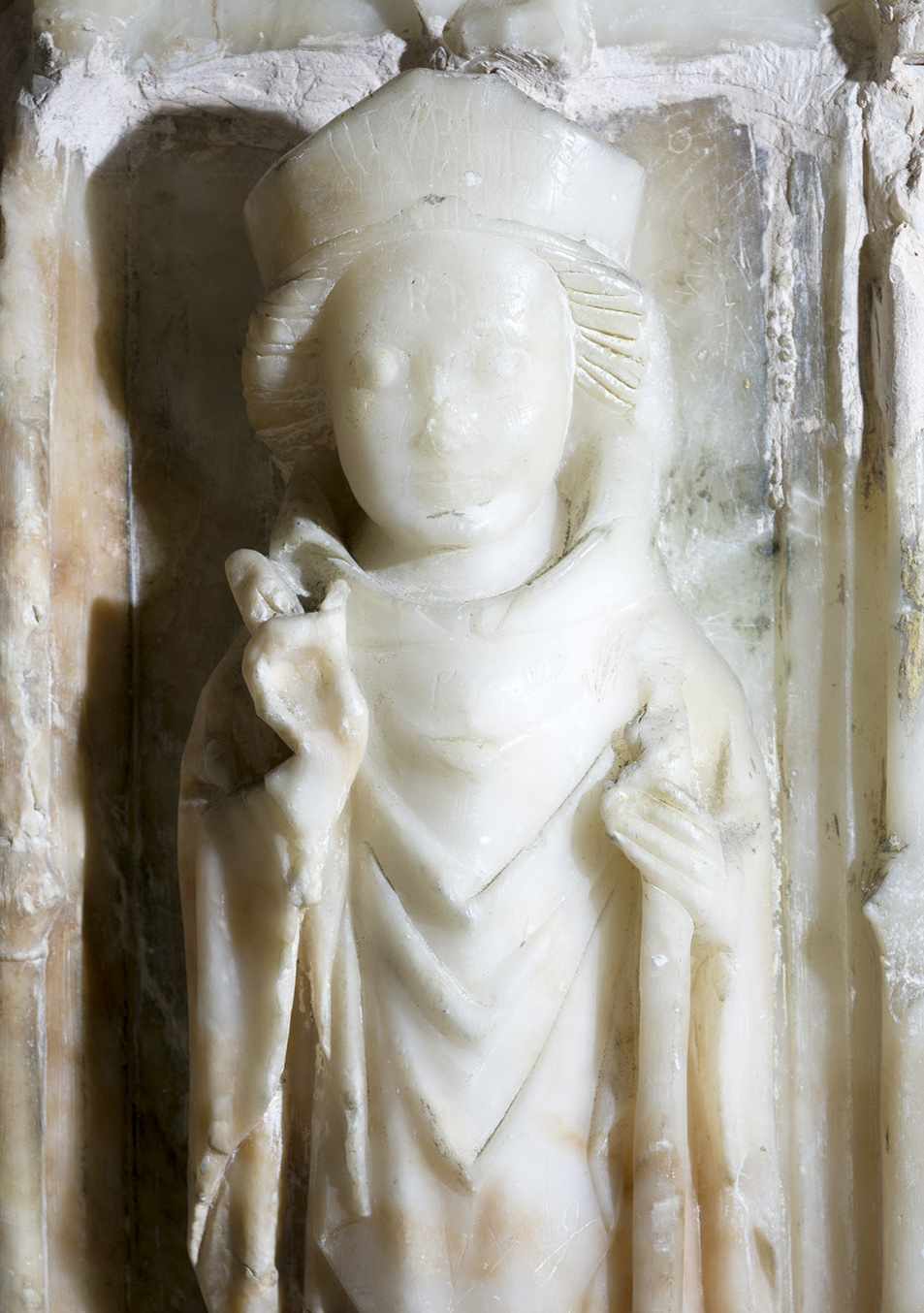Degfan (Decumanus)

Head-carrying saint culted at Rhoscrowther in Pembrokeshire. His brief Life is found among a group of hagiographic texts collected by Wynkyn de Worde. Further dedications to the saint are found in south-west England. In Latin he is Decumanus, and historical forms of the name used in Wales include Degman and Degyman. He should be regarded as quite distinct from Tegfan, known in north Wales.
More information
More information
Feast Day: 27 August
His feast day is listed as 27 August in the Bath Abbey Calendar and martyrologies, but as 30 August in the Cotton Vespasian manuscript and by Nicolas Roscarrock.More information
Places
A church dedicated to Degfan is well attested in the medieval period at Rhoscrowther in Pembrokeshire, and the evidence for suggested dedications to the same saint not far away at Pwllcrochan, and near Tretower in Breconshire, is slender.Church dedications to the saint at Watchet in Somerset and near Helston in Cornwall suggest that his cult was focussed on the south-west of Britain.
 | Church Dedication |  | Well |  | Placename |  | Landscape feature |  | Modern |  | Text |
1. Church of St Decumanus, Rhoscrowther , Pembrokeshire (Dedication)
Details
3. St Degman's Well, Rhoscrowther , Pembrokeshire (Well)
Details
Show more sites
Further reading
S. Baring-Gould and John Fisher, The Lives of the British Saints (London: Honourable Society of Cymmrodorion, 1908), 323–4 View online
David Farmer, The Oxford Dictionary of Saints (Oxford: Oxford University Press, 2011), 119
Peter C. Bartrum, A Welsh Classical Dictionary: People in History and Legend up to about A.D. 1000 (Aberystwyth: National Library of Wales, 2003), 215 View online
G.H. Doble, D. Attwater (ed.), The Saints of Cornwall (Truro: 1962), 26–8
Images
The only known image of Degfan is found among the figures in the tracery lights of the west window at the Church of St Giles, Wrexham, which commemorated the Royal Welsh Fusiliers.One of the saints painted on the medieval shrine of David at St Davids Cathedral was said to have been Dennis, although when first recorded in the late sixteenth century it had no inscription and was 'somewhat defaced'. As Dennis was a cephaloforic (head-carrying) saint, the figure could have represented the more local Degfan.


